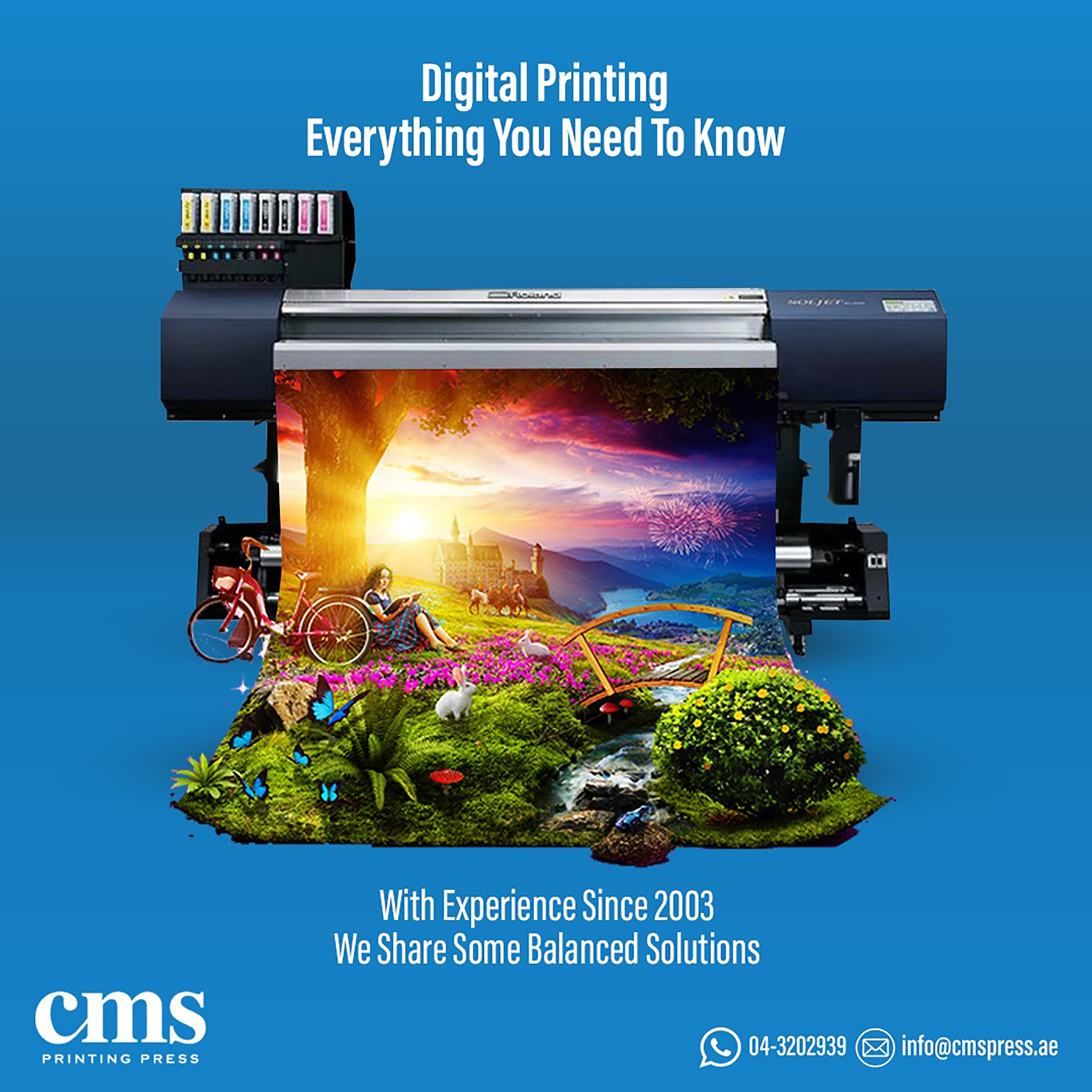Understand how to scale your side hustle using a print on demand approach.
Understand how to scale your side hustle using a print on demand approach.
Blog Article
Comprehending How Digital Printing Transforms the Printing Sector
The printing industry, long soaked in conventional methods, is undertaking a radical improvement with the advent of digital printing. This innovative innovation, which shuns the need for printing plates, allows quick manufacturing and customization, reshaping the landscape of print communication. With its possible to stimulate engagement through customized material and to supply lasting solutions, it's clear that electronic printing is greater than a technological breakthrough; it's an essential game changer. However just how specifically does it transform the sector? Allow's check out.
The Development of Digital Printing: A Short Summary
Since its creation, electronic printing has undertaken substantial improvements, continually changing the printing industry. With the arrival of the 90s, digital printing innovation started to mature, and the industry observed the introduction of direct imaging presses, which removed the need for printing plates. As the brand-new millennium unravelled, developments in technology better stimulated the development of digital printing, leading to the production of high-speed inkjet printers.

Unboxing the Innovation Behind Digital Printing
Digging into the ins and outs of digital printing modern technology, one runs into a rich tapestry of innovative machinery and complex algorithms. At the heart of this procedure lies a digital photo, which is refined by software that separates it into a grid of dots. These dots are then exchanged an electronic code. This code is translated by the printer, which uses it to exactly transfer droplets of ink onto the substratum. The droplets are so little and accurate that they produce an image that is essentially identical from the initial. This intricate system, boosted by advanced software and high-resolution imaging, has actually changed the landscape of the printing industry, leading the means for unmatched degrees of information and accuracy.

The Benefits of Digital Printing for Companies
Recognizing the modern technology behind digital printing gives a clear photo of its precision and information. Digital printing is ecologically friendly, utilizing less ink and creating less waste. The complete possibility of electronic printing is recognized when used for customization and customization, a subject that will be covered in additional hints deepness in the following section.
The Role of Digital Printing in Modification and Personalization
While standard printing techniques battle with page modification and personalization, electronic printing succeeds in these locations. It enables the simple alteration of layouts, without the requirement for expensive and taxing plate modifications (print on demand). This allows businesses to customize products to specific clients, meeting details requirements and boosting client fulfillment
Digital printing additionally permits variable information printing, where elements such as text, graphics, and photos may be altered from one published piece to the following, without slowing down the printing process. This is specifically useful for straight marketing campaigns, where individualized messaging can significantly enhance action rates. In this method, electronic printing not just revolutionizes the printing market however additionally changes the way companies connect with their customers.
Analysing the Environmental Effect of Digital Printing
Although electronic printing has actually been lauded for its role in personalization and personalization, it is critical to examine its environmental impact. Digital printing can be less wasteful than standard techniques, due to the fact that it operates a 'print on need' basis, eliminating the need for big print runs that can lead to surplus and waste. Furthermore, it utilizes fewer chemicals and creates less unstable organic compounds (VOCs) compared to offset printing. Nevertheless, the energy usage of digital printers can be high, leading to enhanced carbon footprint. Furthermore, the usage of non-recyclable printing elements and the difficulty of e-waste management position considerable environmental issues. While digital printing has many benefits, its ecological impact must be diligently handled.
Conclusion
In verdict, digital printing has changed the printing sector, providing fast, cost-efficient, and top quality options - site print on demand. Recognizing these changes is crucial for services to utilize the advantages of electronic printing effectively.
Report this page